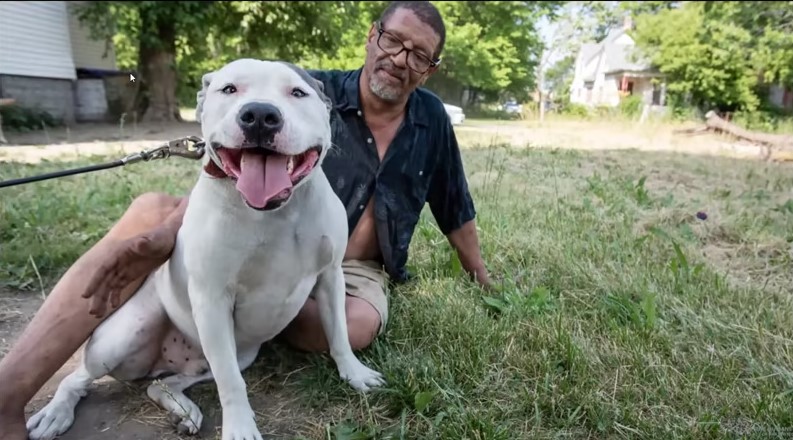Module 6: Integration of shelter and community healthcare programs for at-risk pets
The Impact of Racial, Economic, and Geographic Inequities on Access to Pet Care
Pet ownership crosses all geographic, racial, and socioeconomic boundaries, but access to pet care services does not. Institutional bias and systemic inequality have impacted pets in ways you may not realize. In order to unpack the implicit biases we may hold about who makes a “good” pet owner, we first must understand the ways systemic racism in the US has contributed to the economic oppression of people of color. We must understand the connection between racial and economic justice and animal welfare in order to find solutions.
In the webinar below, Amanda Arrington, Senior Director of the HSUS Pets for Life Program, provides additional insights on why access to animal care resources is a social justice issue. She is joined by Gabrielle Chapman, a Senior Analyst for Social Justice in the Pets for Life Program, and Lori Hensley, Director of Operations for the Beyond Fences program in Durham, NC.
Watch This
Why Access to Animal Care Resources is a Social Justice Issue webinar. (28:00)
[Download the webinar slides ] [Download the transcript]
Focus Guide for Why Access to Animal Care Resources is a Social Justice Issue
- Time frame 2:25 to 3:06: the links between poverty and race and access to pet care. [Slide 5]
- Time frame 3:07 to 7:45: racial and ethnic wealth inequities for home ownership, rental housing, education. [Slides 6-11]
- Time frame 7:49 to 9:57: racial and ethnic inequities in the criminal legal system. [Slides 12-14]
- Time frame 10:00 to 20:49: Beyond Fences Program in Durham NC–how this program addresses animal care inequities. [Slides 15-31] This is the most important part
- Time frame 20:55 to 28:00: racial and economic equity in animal welfare. [Slides 33-38]
Adoptions, aggressive spay and neuter programs, and community partnerships with rescue groups have driven down shelter euthanasia rates. While these services are still needed for 6 million homeless animals each year, the time has come to shift resources to the 29 million pets living with families whose income is below the poverty level. Keeping people and their pets together is a much better outcome than adding to the intake of overburdened shelters working hard to increase adoptions and maintain low euthanasia rates. The animal welfare movement’s efforts to address lack of access to animal services in underserved communities must be regarded as a critical priority nationwide.
According to Amanda Arrington [Serving pets in poverty: a new frontier for the animal welfare movement.2017 ], a large majority of people experiencing racial and/or economic inequities do not know animal welfare agencies exist as a potential resource for their pets. Some are apprehensive to reach out to service providers for fear of having their pets taken away from them or being punished for not having the resources to provide medical care. Many live in neighborhoods with no veterinarians, pet supply stores, groomers, or animal welfare agencies. The inequities of pet owners living in poverty are frequently compounded by negative, racist or classist stereotypes, such as the assumption that a person is a bad pet owner or is more likely to be cruel to animals simply because of where they live, their race, or their socioeconomic status.
Arrington points out that a lack of financial means does not equate to lack of love for a pet. This is supported by the Access to Care Report where 80% of pet owners, including those in poverty, said they regard their pet as family. Arrington further states that “The bond people have with their pets should not depend on income, which ZIP code they live in, or the language they speak.”


